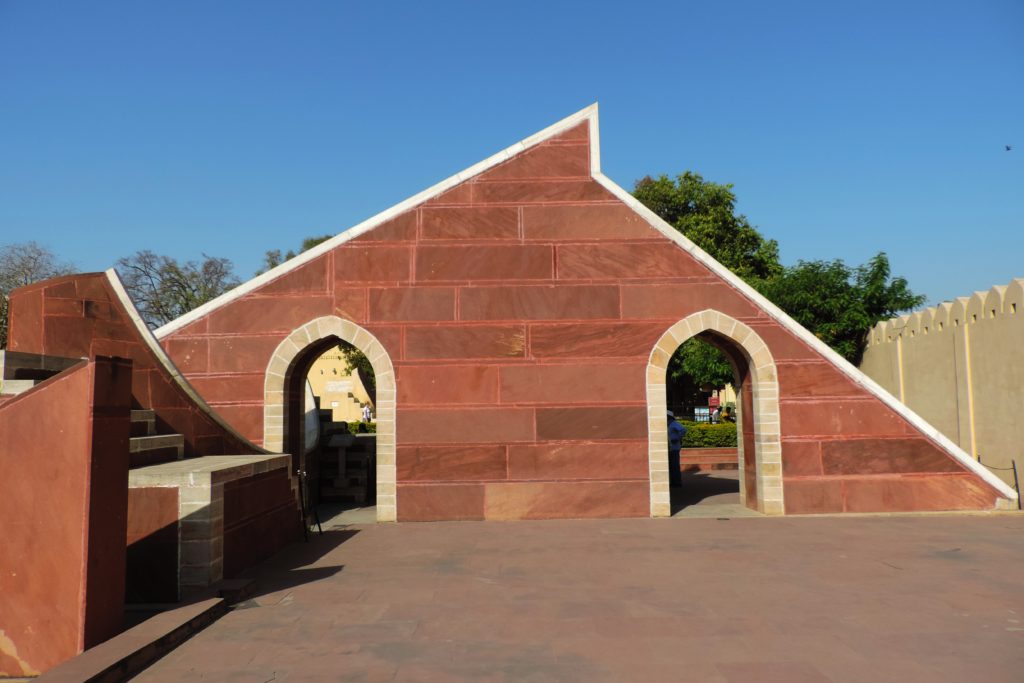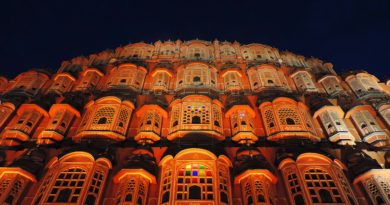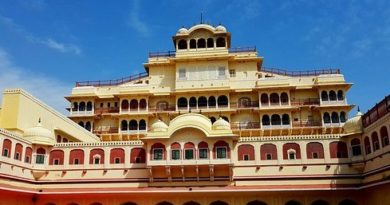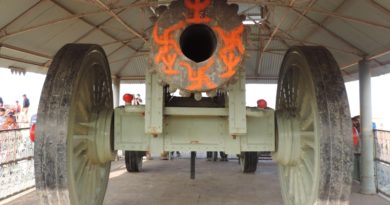JantarMantar – The Oldest Astronomical Observatory
Introduction
Jantar Mantar of Jaipur is the world’s largest stone sundial and also one of the oldest astronomical observatories. The unique structure was raised by Maharaja Sawai Jai Singh II. A collection of nineteen fixed architectural astronomical instruments, it lets you discover the positions of the celestial objects without a telescope. The monument has buildings built in a unique form, every single structure comes with the specialized function used for astronomical measurement in that era. A UNESCO World Heritage site, Jantar Mantar is one of the largest observatories across the globe. Though the start of the construction of the monument is unknown, however, it was completed in the year 1734.
A keen observer of astronomy and founder of Jaipur, Sawai Jai Singh II erected five such astronomical observatories in north India between 1724 and 1730. Of which, Jaipur’s Jantar Mantar is the biggest. It is the highly preserved set of fixed monumental instruments, constructed in the first half of the 18th century. Pink City’s Jantar Mantar is an architectural marvel and a significant example of instrumental innovation of its time. The observatory follows the tradition of the Ptolemaic positional astronomy shared to the world by many civilizations in the past. In addition to general tourists, the Jantar Mantar in Jaipur draws architects, mathematicians, geographers and historians from across the globe.
What’s in the name?
The first word Jantar comes from a Sanskrit word ‘Yantra’, which means instrument or machine. Moreover, Mantar, which again finds its roots from a Sanskrit word called ‘Mantrana’ that translates to consult or calculate. Hence, going by the literal meaning, Jantar Mantar directly signifies ‘calculating instrument’.

Why was JantarMantar built?
Besides being an administrative expert, Maharaja Sawai Jai Singh II also had great command over subjects such as physics, mathematics, and astronomy. During his rule, the Emperor of Delhi Muhammad Shah appointed him to rectify the astronomical calculations in Islamic Zij tables.
Astronomical data from European and Persian countries was collected, studied and interpreted by the Jaipur ruler. Extensive research and study resulted in the construction of fixed stone made instruments. These instruments establish the position, distance of the celestial objects and calculate time. Among other Jantar Mantars in India, Jaipur Jantar Mantar is believed to be more precise.
Other sites located nearby
JantarMantar is situated in the walled city of Jaipur and is surrounded by other two very famous monumental magnificences known as City Palace and Hawa Mahal.
Monument features and USPs
There are three key classical celestial coordinate systems that function as instruments:
- Horizon-zenith local system
- Equatorial system
- Ecliptic system
The Kanmala Yantraprakara, a type of instrument, which works in two systems allowing the alteration of the celestial coordinates directly from one system to the other.
Then there is the light and sound show, which should not be missed at the Jaipur Jantar Mantar. The show lets you understand the history and the golden yesteryear era of the Jaipur capital city – also known as Pink City. Alongside, it also explains the reason behind the making of Jantar Mantar observatory by Maharaja Sawai Jai Singh II.
What is so unique about JantarMantar?
Made to gather and research on the information related to the celestial bodies, time and space, Jantar Mantar’s instruments reflect those used in the ancient study of Ptolemaic astronomy in Egypt. A massive 18700 metres of land is covered by the observatory that consists of 19 geometric devices that aid in understanding local time, planetary system and others.
Interestingly, most of the instruments found at Jantar Mantar, the astronomical observatory, are created directly from stone and marble. As they (stone and marble) possess incredible ability to endure weather changes. It is said that in order provide perfection Sawai Jai Singh II himself designed some of the instruments. Besides stones, there are also instruments made from copper metal, which again display fantastic accuracy.
Some of the instrument with specific functions include Narivalyayantra, Karntiyantra, Raj yantra, Unnsynhsmsayantra, Chakra yantra, Dishayantra, Samratyantra, Ram yantra, Jai Prakash yantra, Dakshinayantra, Rasayasyantra and others.
When is the best time to visit JantarMantar?
To understand the functioning of various fixed instruments in the most authentic way, it is advised to visit Jantar Mantar in Jaipur in day-time around noon. During this time, the Sun is right in the middle of the sky, which will help you easily understand the process of interpretation and how the readings are drawn from each instrument.
What are the timings and cost of tickets for JantarMantar?
Jantar Mantar is located right in the heart of the state capital, Jaipur near Gangori Bazar. Just like other heritage monuments Jantar Mantar is also open on all weekdays, which includes public holidays and Sundays.
Timings of Jantar Mantar Jaipur: Morning 09:00 am to Evening 04:30 pm.
Ticket Fee: The entry fee to Jantar Mantar is divided into four individual categories – Indians, Indian Students, Foreign Nationals, Foreign Students.
Indians – Rs 50 each
Students (Indian) – Rs 15 each
Foreign Nationals – Rs 200 each
Foreign Students – Rs 100 each
How to reach Jantar Mantar?
As it’s located inside the walled city reaching Jantar Mantar from Jaipur Airport is easy.
Public Bus: If choose public transportation means, you will be required to change the bus at Tonk Phatak. Most of the buses will directly take you to Badi Chaupad, from where you can cover the distance to Jantar Mantar by walk. Travelling time can be anything between 50-60 minutes and will cost Rs 40-50 for each person.
Taxi Service: Jantar Mantar is exactly 12.6 km far away from Jaipur Airport. During non-peak hours you can cover the distance within 20 minutes, while under peak hours you can be delayed by 10-20 minutes more. Fare cost can range from Rs 300-350 per round.
Looking for a Hotel Near Jantar Mantar?
If you are up for this adventurous heritage trip we can get you an exquisite hotel near JantarMantar at reasonable rates. The best part, when you book hotel room with us, is that you get a hotel that provides you with the view of JantarMantar monument every time you peep out of hotel window. Making your stay even more memorable!




